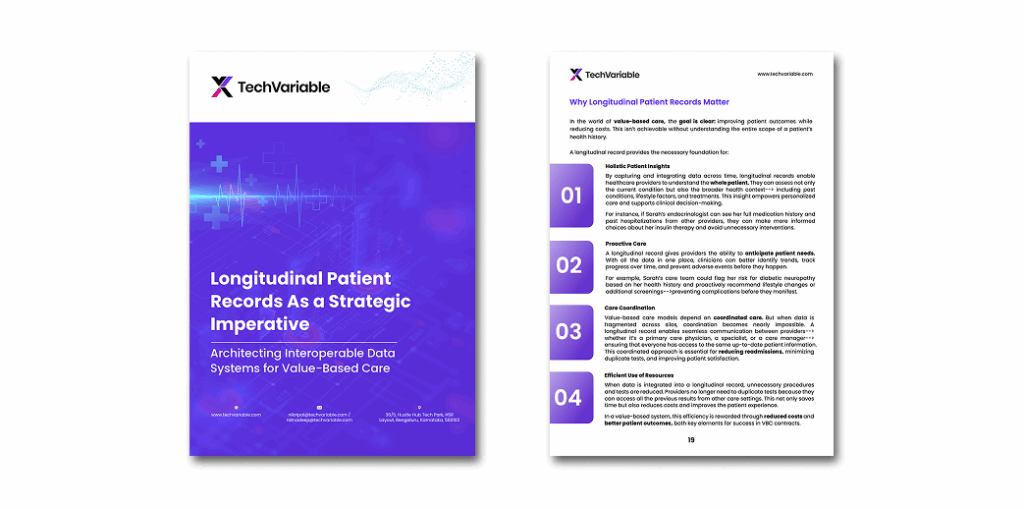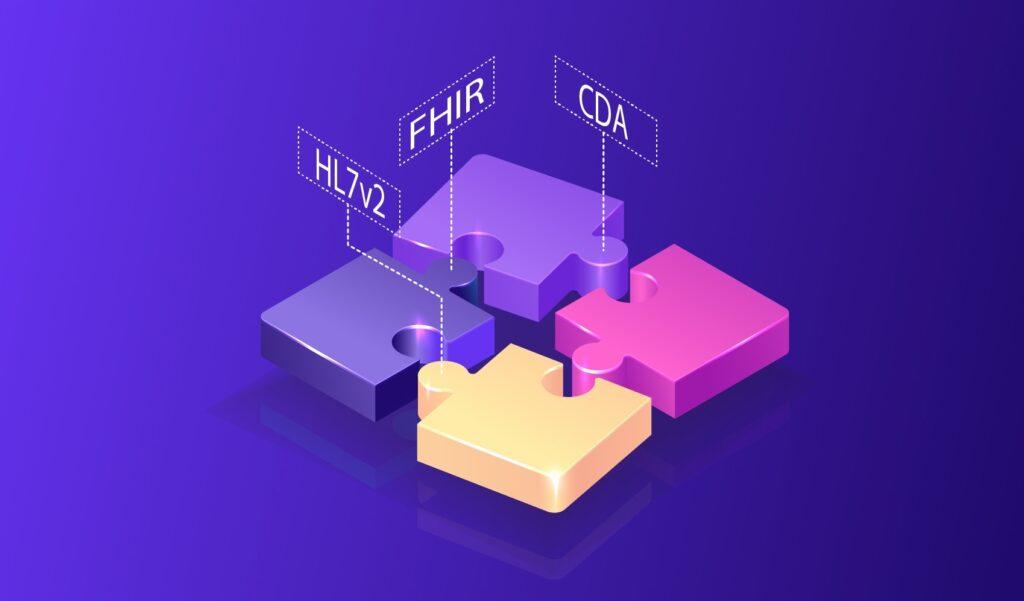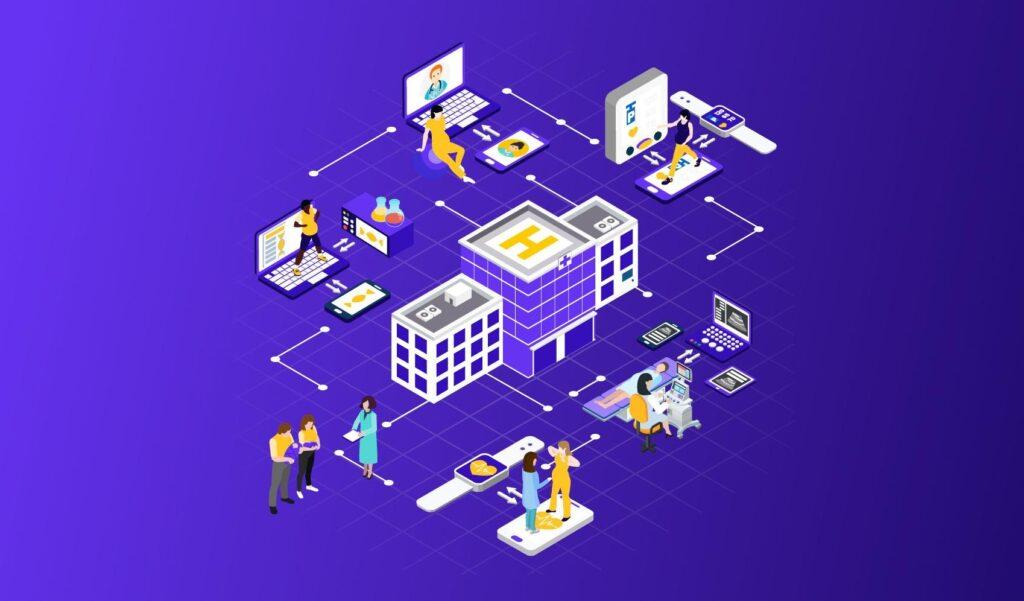Building Longitudinal Patient Records: A Technical Blueprint for the Future of Connected Healthcare
In the fragmented ecosystem of modern healthcare, where patient data is scattered across countless silos —hospitals, labs, pharmacies, payers, wearables, and mobile apps —the quest for truly integrated, intelligent, and patient-centric care demands a radical rethinking of how we manage health data.
At the heart of this transformation lies the longitudinal patient record (LPR), a unified, time-sequenced, and semantically consistent view of an individual’s entire health history, from birth to present day. Not just data from a single EHR or a hospital encounter, but a living, breathing record that spans decades, multiple providers, insurance transitions, and life stages.
But building such a record is not a simple task. It’s a complex architectural evolution, requiring the expertise and involvement of each one of us in the healthcare IT community. It demands thoughtful orchestration of identity resolution, semantic normalization, federated data modeling, scalable APIs, and airtight governance.
In this blog, we’ll unpack the technical, functional, and strategic layers of designing longitudinal patient records, backed by research, case studies, and real-world implementation patterns such as those used in large hospital systems or innovative startups.

Read Whitepaper
Why Longitudinal Records Matter Now More Than Ever
Today’s healthcare challenges viz. chronic disease, aging populations, care coordination, and social determinants, cannot be solved by episodic snapshots. We need context over time:
- A diabetic patient’s 10-year lab trend
- A cancer survivor’s genomics, treatments, and psychosocial history
- A mental health patient’s medication adherence, behavioral logs, and therapy notes
- Pediatric developmental milestones tracked across multiple specialists
Without this continuity, care becomes reactive, fragmented, and often unsafe. Longitudinal records address these problems by delivering a comprehensive, contextual view of each patient, supporting proactive care, AI diagnostics, and value-based reimbursement.
According to Wolters Kluwer, disconnected records are a key contributor to diagnostic errors, redundant testing, and medication errors, costing the U.S. healthcare system billions annually.
A Layered Technical Blueprint for LPR Architecture
Building a longitudinal patient record isn’t about replacing existing systems. It’s about layering intelligence and structure atop what already exists.
Let’s break down the core components:
1. Data Ingestion: Connecting the Fragments
The first step is to ingest data from diverse and distributed sources:
- Clinical systems (EHRs like Epic, Cerner, Allscripts)
- Claims systems (X12 837/835)
- Lab and Imaging systems (HL7v2 ORU, DICOM)
- Pharmacy benefit managers (PBMs)
- Public health registries (immunizations, notifiable conditions)
- Patient-generated health data (apps, wearables, home monitors)
Integration Modalities:
- APIs (FHIR, RESTful): Ideal for modern systems and patient-facing apps
- HL7v2 messages: Still dominant in hospital infrastructure (e.g., ADT, ORU)
- CDA documents: Used for transitions of care and summaries
- Bulk loads: Claims, registries, retrospective datasets
- Streaming (Kafka, HL7 over TCP/IP): Real-time data like vitals, devices, alerts
Your integration layer needs to normalize formats, reconcile timestamps, and persist source metadata for traceability.
2. Identity Resolution: Building the Golden Record
Healthcare’s most significant data problem is not volume- it’s ambiguity.
Patients move. Names change. IDs differ across systems. Without resolving identity, you can’t create a longitudinal view.
Enterprise Master Patient Index (EMPI) is essential:
- Matches incoming records to existing profiles
- Resolves duplicates, variants, and fuzzy matches
- Assigns a unique master ID (golden record)
- Supports stewardship workflows for human review
Matching methods include:
- Deterministic (exact matches on MRN, SSN, DOB)
- Probabilistic (weighted fields + thresholds)
- Referential (compare against national patient index or third-party dataset)
Wikipedia on EMPI provides a foundational overview of its function and importance.
3. Semantic Normalization: Harmonizing the Language
Even when data is structurally aligned, it’s often semantically fragmented.
There are over 186 different ways to code “Type 2 Diabetes” across systems. This makes analytics and AI impossible without semantic alignment.
You must:
- Map diagnostic codes (ICD-10, SNOMED CT)
- Normalize labs (LOINC)
- Standardize meds (RxNorm, NDC)
- Align procedure codes (CPT, HCPCS)
- Harmonize social risk factors (LOINC, Z codes)
Use FHIR Terminology Services to:
- Translate codes
- Expand value sets
- Support multilingual vocabularies
- Support concept maps across terminologies
Also apply unit harmonization, measurement scaling (e.g., mg/dL vs mmol/L), and contextual tagging (e.g., fasting vs postprandial).
4. Canonical Data Modeling: FHIR as the Backbone
Longitudinal systems benefit from a canonical, API-friendly data model. That model today is FHIR.
FHIR is:
- Modular: Resources for Patient, Encounter, Observation, etc.
- Web-native: Uses RESTful design, JSON/XML, OAuth2
- Extendable: Add custom elements without breaking the spec
- Supported by all major EHR vendors
It enables:
- Single-patient timelines
- Cohort queries
- Graph-based data relationships
- Real-time data feeds to apps and AI models
FHIR Bulk Data (Flat FHIR) and NDJSON allow population-scale longitudinal data export for analytics and machine learning.
5. Temporal Structuring: Time-Ordering Events
The “longitudinal” part of LPRs demands attention to chronology and lineage.
- Normalize and reconcile timestamps
- Adjust for time zones and missing context
- Represent event relationships (e.g., visit → procedure → lab)
- Store data provenance: source, origin system, user, timestamp
Use event-driven models and visualization layers (e.g., timeline APIs, D3.js charts) for clinicians and analysts to see care sequences.
6. Governance, Consent, and Security
LPRs represent the most sensitive and expansive datasets in a person’s life. You must bake governance into your operations from Day 1.
Key mechanisms:
- Granular consent: Per domain (e.g., SUD, behavioral health), per provider
- Audit logging: Track all access and changes
- Policy-as-code: Automated enforcement of access rules (e.g., ABAC, RBAC)
- Data segmentation: Mask or tokenize sensitive fields
- De-identification & anonymization: For research or public reporting
Frameworks like FHIR Consent and FHIRChain provide starting points for implementation.
TechVariable's Perspective: Building the LPR Stack
At TechVariable, we recommend a phased approach:
1. Phase 1 – Connect and Normalize
Ingest EHR and claims data, build a canonical FHIR repository, and deploy EMPI.
2. Phase 2 – Extend and Structure
Add SDOH, labs, pharmacy, and patient apps. Layer semantic services and timeline APIs.
3. Phase 3 – Activate
Build apps, AI models, and reporting layers. Add consent controls, de-ID pipelines.
Final Thoughts: From Silos to Stories
A longitudinal patient record is more than a database; it’s a digital manifestation of someone’s lived health journey. Building one requires deep systems thinking, but the payoff is transformative:
- Safer, more personalized care
- Smarter decisions, faster
- Proactive population health
- AI-ready infrastructure
- Trustworthy patient engagement
If you’re building for the future of healthcare, start with the long view.



